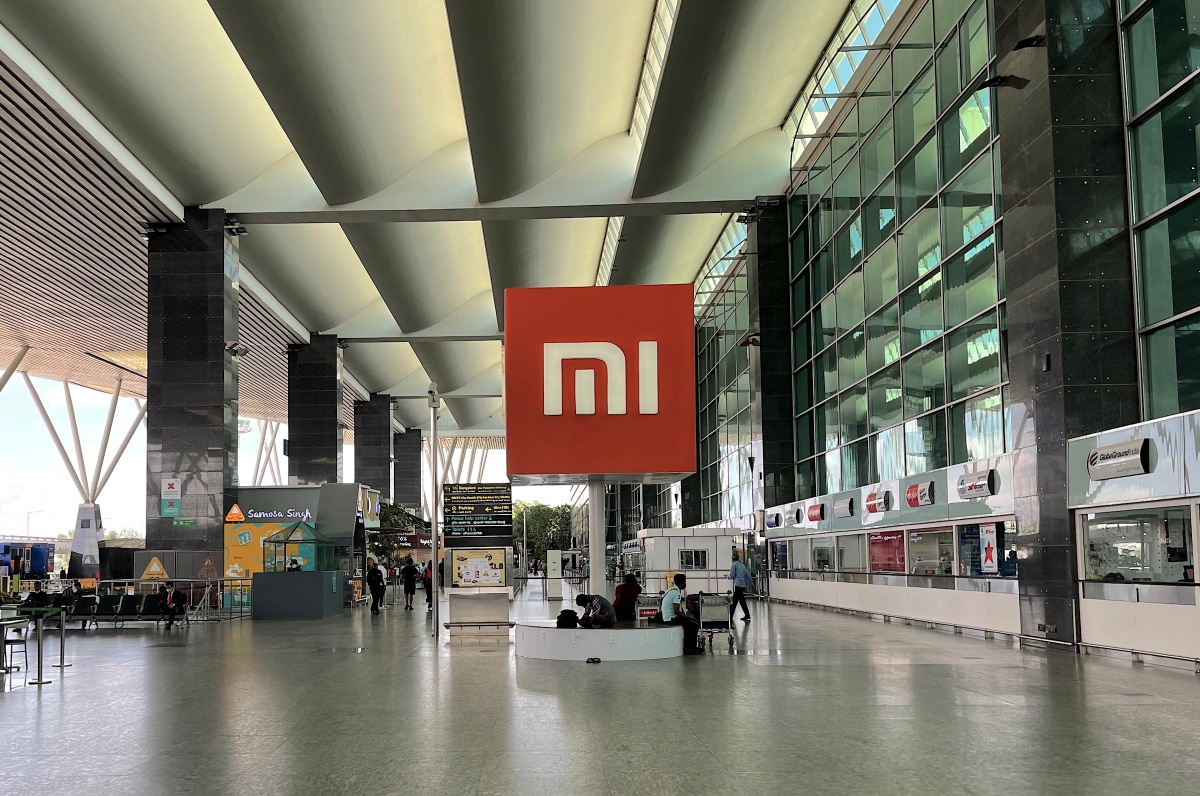Xiaomi winds down financial services business in India • ZebethMedia
Xiaomi has quietly discontinued its financial services in India, less than three years after launching payment and lending apps in the key global market, two sources familiar with the matter told ZebethMedia, retreating from what analysts say is a $1 trillion opportunity. The Chinese giant recently pulled the Mi Pay and Mi Credit apps in the country from the local Play Store and its own app store. Mi Pay, which allowed users to make transactions on the nation’s UPI payments network, is also no longer listed among the recognized UPI apps by NPCI, an industry body that oversees UPI. Xiaomi and NPCI did not respond to a request for comment. The abrupt wind down of the financial services business is a setback for Xiaomi India, which commands the smartphone market in the country and has aggressively expanded its offerings to increase profits as the company’s hardware business operates on razor-thin margins. Xiaomi launched Mi Pay in India in March 2019. The app had amassed over 20 million registered users in the country that year itself, company executives said at the time. Later in the year, the company launched Mi Credit, an app that lent customers between $70 to $1,400 at low interest rates. It accessed users’ texts and call logs to look for transactions information and some other details to determine their credit-worthiness and approved loans to them through partners in a matter of minutes. In August last year, Xiaomi India’s then head Manu Jain told media outlets that the company was aiming to become one of the largest players in India’s fintech space through Mi Credit and Mi Pay apps. The company considered India as the biggest market for Mi Credit after China, he said. Scores of giants including Facebook and Google have entered India’s digital loan market, offering small businesses loans via partners. Digital lending is expected to be worth $1 trillion by 2025, according to estimates from the Boston Consulting Group. Jain, who has transitioned to a different role within the firm since, said last year that the company was looking to bring several more financial services including gold loans, credit line cards and insurance to the South Asian market. It’s unclear why Xiaomi discontinued the financial services offerings in the country, but the move comes at a time when India’s central bank has proposed stringent rules surrounding lending in India, mandating what all data they can access on a customer’s phone and broader disclosures about the terms of their credit agreement. Xiaomi has also been at the center of intense scrutiny from the Indian government agencies. The Indian Enforcement Directorate earlier this year seized bank accounts of Xiaomi India after finding that the company had remitted $725 million to three foreign-based entities “in the guise of royalty” payments. Executives of Xiaomi, which has refuted the charges and has legally challenged the ruling, faced threats of “physical violence” during their investigation with the ED, Reuters reported earlier.

